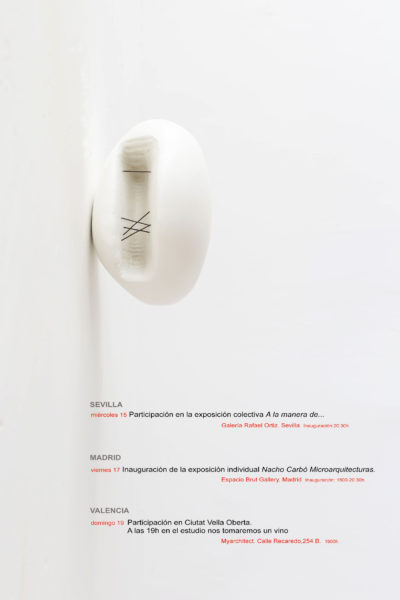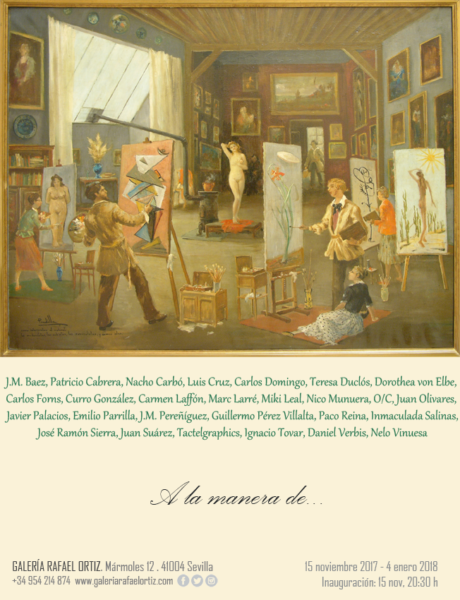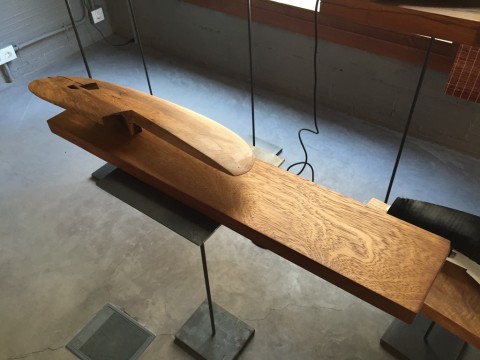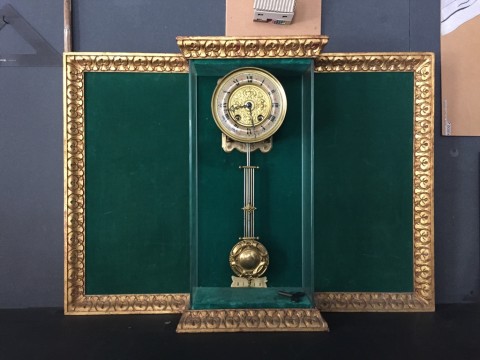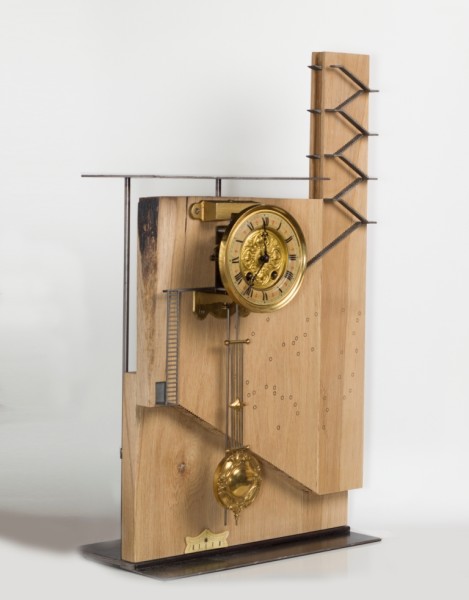Valencia, Paris, London perhaps, but the next stage of Nacho Carbó’s career takes him to Seville and Madrid, to participate with other artists in different exhibitions. On 17th November he inaugurated his work Microarquitecturas in Madrid in Espacio Brut Gallery while on the 15th he was in the exhibition A la Manera de…. in Rafael Ortiz’s gallery.
To celebrate these events, Nacho opened his studio to the public on Sunday 19th November as part of the Ciutat Vella Oberta festivities. See below for address.
As Valencian professionals internationalise to survive, architect Nacho Carbó is looking for harmony too.
For this reason, not content to work on projects that he doesn’t feel passionately about, unwilling to take a salary to produce buildings without feelings, Nacho has opened MyArchitect, a studio-workshop where he continues to develop architectural projects such as residential dwellings and lately a bakery, but is also creating micro-architecture.
An exhibition of these works was on display at Valencia’s 5 star beach hotel, Las Arenas, in August 2015, and others can be seen at the Martinez-Medina showroom in Calle Marques de Dos Aguas, 4.
Micro architecture is artisan creation with modern methods, creating personalised objects that suggest architectural concepts while exploring materials such as wood, iron, resin and stainless steel on a scale that is both economical and accessible to people.
Concepts such as space and light and interaction can be expressed through these sculptures and shared with the public and potential clients in a way that a building or building plan cannot.
Nacho has also ventured into a ‘second chance’ area of work known as Memory Micro Architecture, whereby objects with emotional value, such as an old clock that has been collecting dust in an attic,
can be transformed into a modern work of art without losing its sentimental value.
Nacho’s studio is full of books, but also, like Gaudí, it is clear that he draws inspiration from nature, and his wall is plastered with seashells, sunflowers and pods, which then find their way into the shapes of his creations.
Like so many professionals in times of crisis, Nacho Carbó had looked to foreign fields to develop his business;first it was to Cuba, with an innovative approach to architecture which he describes as “houses created from breeze, light and water, plaster and concrete. A project that breaks up into pavilions which shelter the inner spaces and organise the exterior ones by means of visual relationships and movements. A project aimed to dissolve the traditional exterior/interior divide, inviting one to live and enjoy these ambiguous exteriors”.
A graduate of Valencia Polytechnic University’s Architecture Faculty, he has also studied at the l’École d’Architecture de Paris-La Villette, Pôle Paysage, Paris, and in 2013 he returned to Paris, where he worked for the Ameller & Dubois agency on various projects, gaining a perspective of another country and developing his teamworking skills.
In the summer of 2014 he switched languages and was in London, at the prestigious Architectural Association, doing a special course among architects from Turkey, Russia, Poland, Israel and Mexico among others, learning some of the cutting edge techniques and the latest trends in modern architecture.
Originally from Castellón, many of his Spanish projects were carried out there, including the Museum of Pottery in Alcora, the Soler i Godes primary school in Castellón or the Town Halls of Benicarló and Alcora. He also contributed to the design and landscaping of the The Portal de Sant Mateo in Morella, as well as designing many private houses in Cabanes, Sagunto, Novetlé, Godella, Les Coves, Burjassot, Godelleta and La Ribera.
He has also contributed to various art exhibitions, such as ‘ciudad total’ Instituto Valenciano de Arte Moderno, (IVAM), medianoche en la ciudad (Midnight in the city) Centre d’Art La Panera Lleida, Artium, Vitoria, Malas Calles (Bad streets) IVAM and Sociopolis, II Bienal of Art of Valencia.
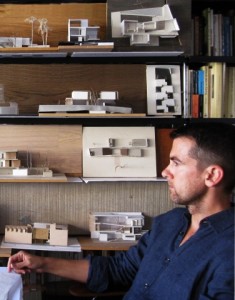 For Nacho the Cuba project was not just a question of selling any house to anybody, but of searching for people who were concerned about local sustainability, who loved Cuba and its inhabitants, but were also fond of their privacy. Ideally, men and women with an interest in contemporary art and architecture and travellers trying to avoid the most typical and touristic vision of the island.
For Nacho the Cuba project was not just a question of selling any house to anybody, but of searching for people who were concerned about local sustainability, who loved Cuba and its inhabitants, but were also fond of their privacy. Ideally, men and women with an interest in contemporary art and architecture and travellers trying to avoid the most typical and touristic vision of the island.
When an economic crisis dries up the usual sources of work, the most imaginative professionals are those who find new heights to climb without lowering standards.


